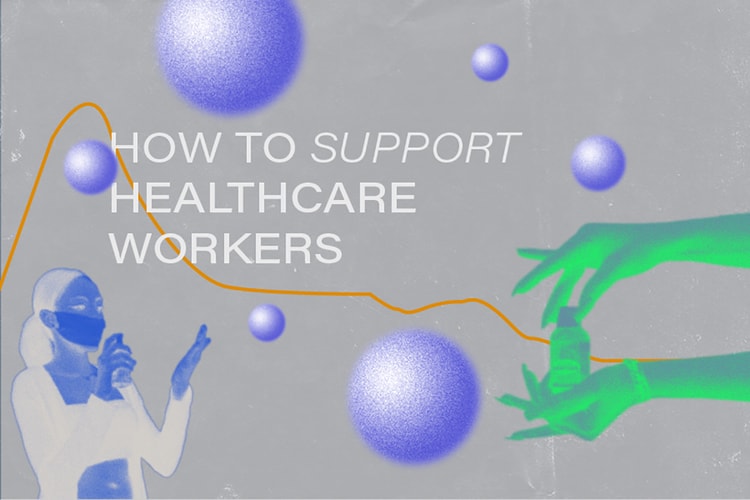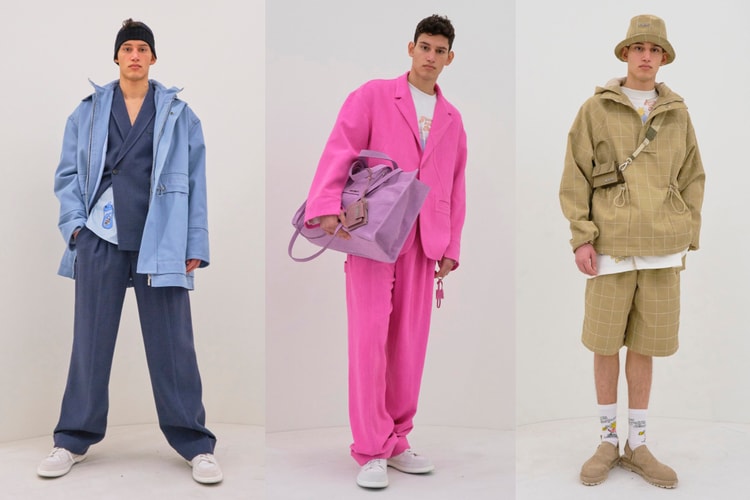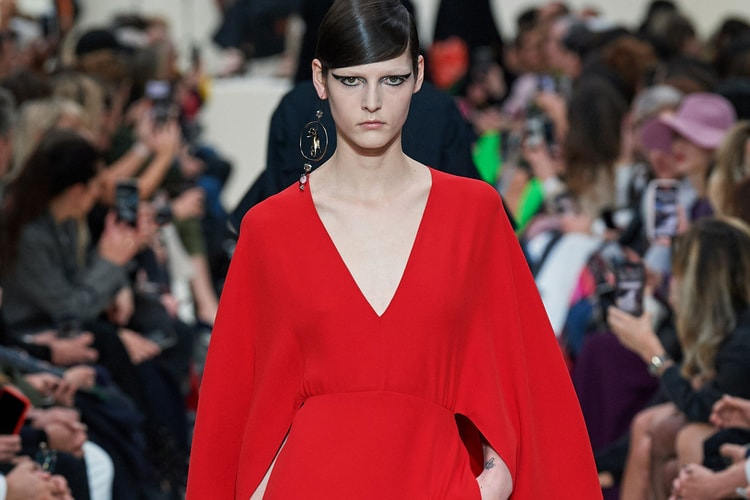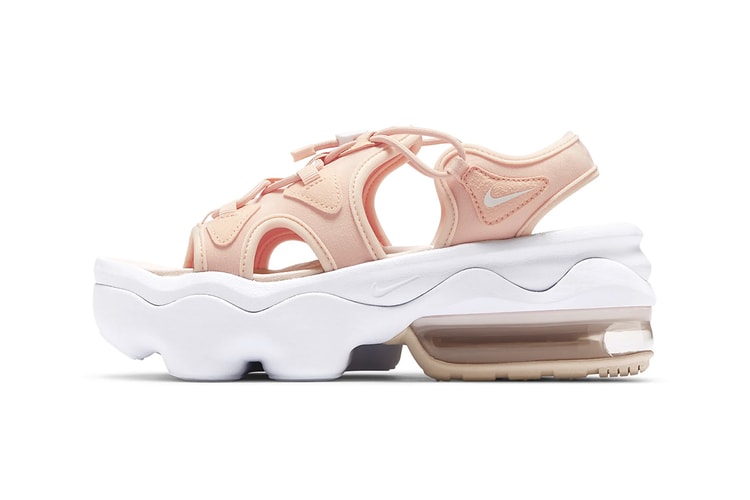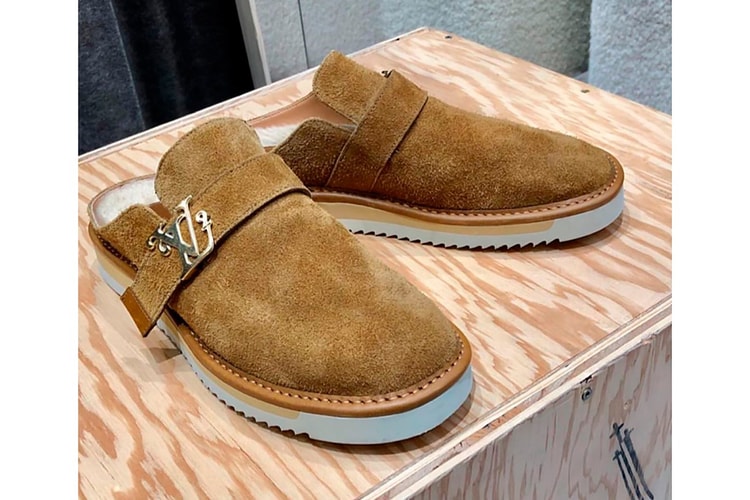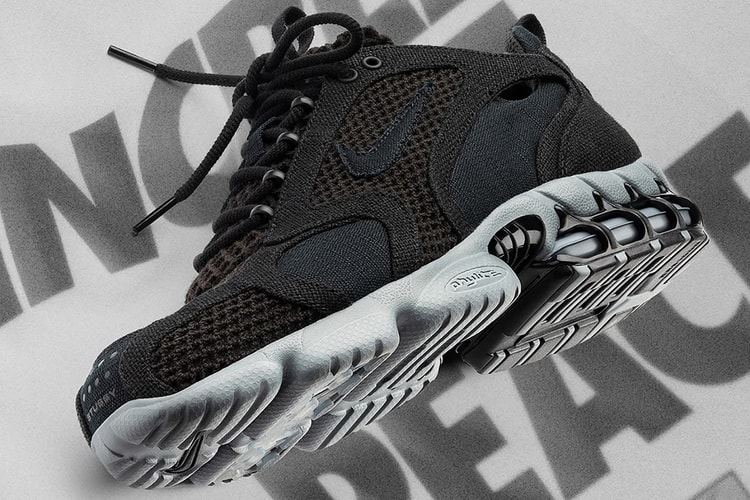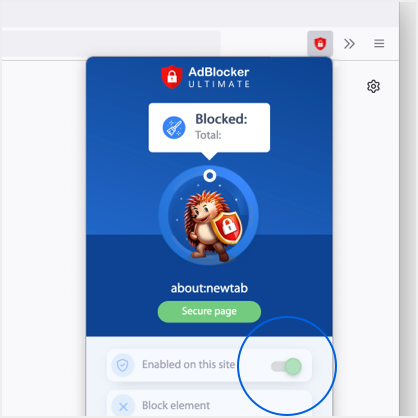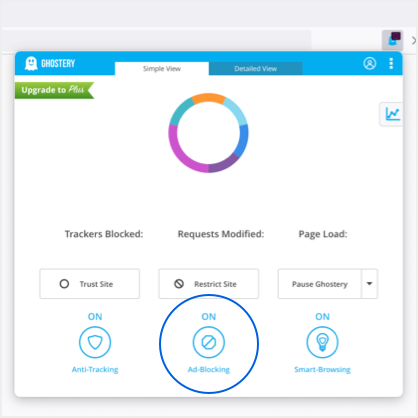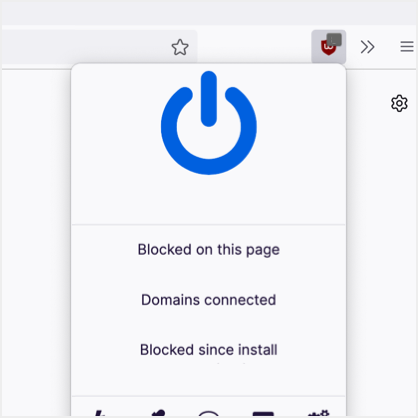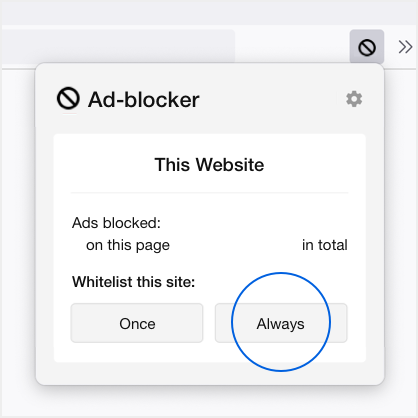
How Mindfulness Can Calm Your Coronavirus-Related Stress
Psychologists share easy ways to incorporate the practice into your everyday routine.
The uncertainty of the coronavirus pandemic — the inability to predict exactly how long it will last, the fear of COVID-19 infecting you or someone you love — as well as its disastrous economic effects have resulted in huge amounts of stress for individuals around the world. While scrolling through social media and browsing grim news coverage of the pandemic, it’s easy to spiral into an unproductive cycle of anxious thoughts and predictions over a crisis that, ultimately, we must accept as our reality for the near future.
Mindfulness, the practice of remaining aware of moment-to-moment thoughts, feelings and sensations without judging or qualifying them, can help improve your mental health and ease some of the stress you’re likely feeling during these uncertain times. In fact, clinical studies show that the practice effectively reduces anxiety, boosts mood and increases self-compassion. Though mindfulness has roots in Buddhist tradition and is commonly taught in various forms of psychological treatment (such as Cognitive Behavioral Therapy), anyone can learn how to incorporate it into a daily routine.
HYPEBAE consulted three experts, including mindfulness educators and clinical psychologists, about how to practice mindfulness at home and ease coronavirus-related anxiety. Keep reading for their tips on where, when and how to engage in the science-backed exercise.
Find a calm setting to practice mindfulness in.
Locate a quiet spot in your home where you won’t be disturbed in by family, roommates, pets and your phone. This can be your bedroom or home office, if you’re fortunate enough to have separate spaces for these. If not, the bathroom serves as a surprisingly ideal setting to practice mindfulness — your routine shower or bath can double as a time to get in touch with your thoughts and feelings in a private space.
A private balcony, rooftop, backyard or fire escape also work. “The outdoors can be a soothing and relaxing setting,” Clinical psychologist and National Institute of Mental Health researcher Dr. Krystal Lewis says. At the end of the day though, the best place to practice mindfulness is simply somewhere distraction-free and quiet, allowing you to focus on your internal state and the present moment.
Observe your emotions — even negative ones — without judgment.
Once you’re in a calm and private setting, try easing into the practice by engaging in mindfulness of emotion. “Acknowledge how you are feeling in the moment and accept your feelings as valid,” instructs Dr. Lewis. If you’ve just read the news, for example, “try to become an interested observer in your own emotional reactions,” suggests Dr. Paul Greene, director of the Manhattan Center for Cognitive-Behavioral Therapy.
“Pause for a moment and get curious,” Dr. Greene continues. As obvious as it may seem, ask yourself what emotions you’re feeling and identify them. Follow this by observing what thoughts your emotions are bringing up, and try to locate where in your body you feel these emotions (some, for example, experience fear as tightness in their chest or a sinking feeling in their stomach). “Is it intense or mild? Does it change if I observe it for 10 seconds? How about 20 seconds?” Dr. Greene posits. “Be curious without judging yourself for feeling whatever emotion you’re feeling,” he adds.
If unpleasant feelings and thoughts arise, sit with them. “Often, we try anything to get rid of the uncomfortable feeling, which can make it worse,” Dr. Lewis explains. “Know that you are not alone in having those feelings and there is no right or wrong way to feel.”
Extend mindful observation to typically mindless tasks.
Incorporate mindfulness into your routine by extending mindful observation to typically second-nature tasks such as eating, showering and even breathing. For example, have breakfast alone and hone in on the sensation of eating. “Focus on the texture, taste and temperature of the food,” Dr. Lewis explains.
During your morning shower or tooth brushing, pay attention to the sensation of washing your hair or the taste of your toothpaste. “What do you notice about the sound of the water hitting you? What does the shampoo’s scent remind you of?” Dr. Greene challenges.
You can even apply the practice to breathing, an instinct you hardly ever think too much about. While inhaling and exhaling, feel “the rising and falling of your chest or abdomen, or the in and out sensations at your nose,” UCLA’s Director of Mindfulness Education Diana Winston says. “When you notice your attention has wandered away — which it will — gently redirect it back to your breathing.”
Whatever activities you choose to extend mindfulness to, opt for solitary, mentally undemanding things already part of your routine. When it comes to inevitable distractions — such as what’s for dinner later — be gentle with yourself. “It’s not about success or failure,” Dr. Greene reassures. “Distracting thoughts are normal for everyone — it’s not about vanquishing them from your mind. It’s about practicing re-focusing your attention and letting go of distracting thoughts,” he explains.
Set aside time for self-care.
Those quarantined with family or roommates may have trouble finding moments alone to focus on self-care. However, it’s essential for everyone — with or without roommates — to schedule time for soothing activities, whether it’s watching your favorite TV show, taking a walk or trying out a new skincare product. “See if you can include your kids in meditation or another self-care activity if you can’t carve out the time,” Dr. Winston suggests for busy parents.
If you find yourself dealing with roommates or family encroaching on boundaries and ignoring your need for alone time, don’t hesitate to assert yourself. “You have a right to take care of yourself, and it’s okay to let others know that you’re busy during that time and not to be disturbed,” Dr. Greene says. ”If that still doesn’t work, try telling them you’re on a video meeting for work,” he adds.
Focus on the things you can control.
As unsettling as it is, the fact remains that we can’t control the pandemic. We can, however, control and adjust our own behavior in order to reduce the risk of exposure to COVID-19. If you find yourself anxious about contracting the virus, avoid unnecessary excursions. Wear a mask and wash your hands regularly. Share educational resources on limiting the spread of the virus. “Focus on the parts of your schedule that you can control and ensure that you include moments of relaxation and pleasure,” Dr. Lewis suggests.
Though fear surrounding the pandemic is completely normal, check in with yourself to ensure that it’s not becoming overly consuming. According to Dr. Greene, the distinction between healthy and unhealthy worry is made by asking whether the anxiety you’re feeling is impairing or simply distressing. If anxiety is interfering with your focus and preventing you from completing daily tasks and responsibilities (such as schoolwork, parenting duties or work assignments), you may want to consider making some changes or seeking professional help. Other signs to look out for are physical symptoms of anxiety such as stomach problems, headaches, muscle tension and trouble sleeping.
If you find yourself significantly impaired by coronavirus-related worry, you may want to limit exposure to news coverage of the pandemic. Try turning off notifications from news apps or deleting those apps completely, as well as muting certain social media accounts. Twitter users can also prevent select keywords from showing up on their timeline.
Expect the pandemic to have lasting effects on mental health.
A recent research paper spotlighted by the American Psychological Association delves into the effect of coronavirus media exposure on mental health. Citing psychological trauma following 9/11 and the 2014 Ebola outbreak, the paper suggests that the pandemic will significantly impact the mental health landscape for years to come.
Though the exact psychological effects of COVID-19 are still unclear, Dr. Lewis expects marginalized communities to be hit the hardest. “Families in lower income neighborhoods and marginalized groups may be less likely to receive sufficient resources and support to meet their needs…[they] may experience increased long-term needs for physical, mental and social support,” she anticipates, citing social determinants of health and their disproportionately negative affect on vulnerable demographics.
Dr. Greene also mentions the effect of economic downturns on mental health. As unemployment rates reach historical highs, depression rates may increase. Further, he predicts that the absence of emotional support in the form of physical touch, such as hugs and in-person conversation, will likely lead to “worsened emotional and physical health.” Those directly impacted by the virus — first responders, those who recovered from the virus and individuals who lost friends or family members to the illness — will also experience adverse effects on mental health.
If any silver lining can be gleaned from these bleak forecasts, Dr. Lewis predicts an increased need, and therefore acceptance, of mental health services. “We hope there will be more coordination between mental health providers and primary care physicians and ideally, an integration of mental health services into primary care settings,” she says.
Free Mental Health Resources
American Psychological Association
National Institute of Mental Health
NYC Well
SAMHSA Distress Hotline
Suicide Prevention Lifeline
Ten Percent Happier
UCLA Mindful



